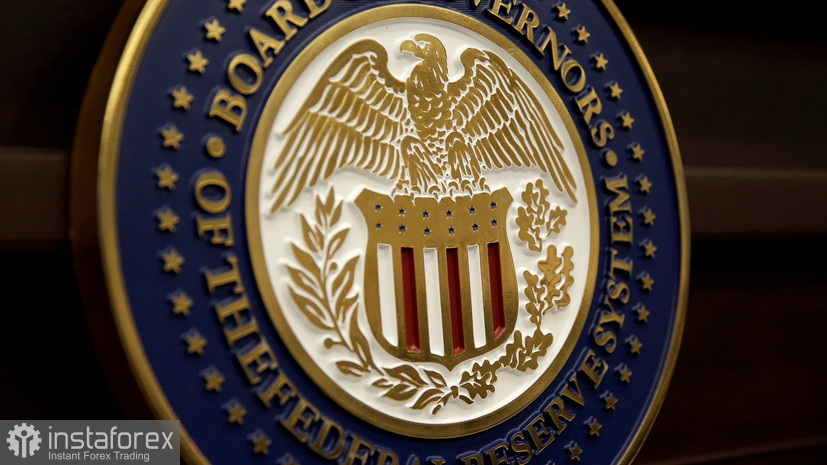Despite the continuing rumors about the Federal Reserve adopting a less aggressive monetary policy stance, the euro and the pound sterling have not reacted strongly. Risky assets have also ignored it. The stock market, which seemed to be expecting this kind of news, is not taking advantage of it either. Perhaps they believed in success too early and now do not know what to do about it.

San Francisco Fed President Mary Daley and Cleveland's Loretta Mester said during separate remarks that inflation remains too high and policymakers still have a long way to go before ending their rate hike campaign. However, both stressed that policymakers now need to be very judicious in setting future policy. "I think at the next meeting we can lower the rate from 75 points, to 50, and I have no problem with that," Mester said in an interview with CNBC. She added that policy was entering a new cadence and rates have just entered restrictive territory, where they weigh on the economy.
Earlier, the Fed raised interest rates by 75 basis points for the 4th time in a row this month, bringing the key rate to 4%. Since then, many Fed policymakers have signaled that they might consider a 50 bps hike at their next meeting in mid-December, with the final decision depending on the economic situation.
Investors are expecting the Fed to raise rates by half a percentage point at its December 13-14 meeting, and the Fed funds rate is expected to peak at about 5% next year. Afterwards, the Fed will pause to get a full picture of the outcome of such a massive rate hike cycle. Even Loretta Mester noted that she doesn't think market expectations are "really off," adding that further interest rate hikes are needed to get inflation under control.
According to the latest data by the U.S. Labor Department, consumer prices decreased more than expected in October, giving Fed officials more room to reconsider their policies. But many economists also caution against jumping to conclusions, pointing out that there is noise in the monthly data and more evidence is needed to show that inflation is falling.
"I don't think we're anywhere near to stopping," Mester said. "We're still going to have more work to do because we need to see inflation really on a sustainable downward path back to 2%."
Speaking earlier that day, Mary Daley noted that it was important to be mindful of the monetary policy lag, while reiterating that interest rates will rise to at least 5% next year.
"As we work to bring policy to a sufficiently restrictive stance – the level required to bring inflation down and restore price stability – we will need to be mindful," Daly said in a speech on Monday in Irvine, California. "Adjusting too little will leave inflation too high. Adjusting too much could lead to an unnecessarily painful downturn. I tend to be on the more hawkish side of the distribution, if you will, as I think about what needs to be done here and where the risks lie," she added.
On the technical side, EUR/USD's situation has stabilized. It is obvious that the demand for risky assets has significantly decreased, and bears continue to expect a new downward trend for the instrument. To rise, the pair needs to return above 1.0280, which will push the instrument towards 1.0330. The pair could easily climb to 1.0390 if it breaks above this level. If the trading instrument declines and breaks through the support at 1.0220, it could then slide down to 1.0160 and potentially 1.0130 later.
The pound sterling is keeping its balance even though it declined slightly earlier this week. Bulls are focused on defending support at 1.1810 and regaining the resistance level of 1.1890, which limits the upside potential of GBP/USD. Only a breakout above 1.1890 will make a recovery to 1.1950 more likely. Subsequently, the pound sterling could make a strong rally towards 1.2020. If bears take control of 1.1810, the pair will come under renewed pressure. This will strike a blow to the bulls' positions and make a possible uptrend highly unlikely. A breakout below 1.1810 would push GBP/USD back to 1.1710 and 1.1650.
 English
English 
 Русский
Русский Bahasa Indonesia
Bahasa Indonesia Bahasa Malay
Bahasa Malay ไทย
ไทย Español
Español Deutsch
Deutsch Български
Български Français
Français Tiếng Việt
Tiếng Việt 中文
中文 বাংলা
বাংলা हिन्दी
हिन्दी Čeština
Čeština Українська
Українська Română
Română

